Imagine stepping into a world so pitch-black you can’t even see your hand in front of your face. The air turns cold and still, the only sound is the drip of distant water, and every footstep echoes like a ghost from another time. This was the reality for our ancient ancestors, who dared to journey deep into the earth—venturing far from sunlight, comfort, and safety—all for reasons that remain shrouded in mystery. Why did they risk so much to go where no wild animal would willingly tread? The answer, it turns out, is as haunting as it is fascinating.
The Magnetic Pull of Darkness

Darkness has always held a peculiar power over human imagination. For ancient people, caves weren’t just holes in the ground—they were gateways to another realm. These shadowy places may have symbolized the womb of the earth, a space of both fear and reverence. Entering total darkness stripped away the ordinary world and created a sense of crossing into the unknown, a space where anything could happen. The deeper people went, the further they left behind the rules and routines of daily life, awakening deep emotional responses that still resonate with us today.
Why Venture So Deep?

It’s almost unthinkable that people thousands of years ago would crawl, squeeze, and climb into caves with nothing but flickering torches or animal fat lamps. Yet, they did exactly that. Archaeologists have found clear evidence that ancient humans deliberately chose the most inaccessible, lightless chambers for their rituals. These weren’t accidental wanderings—they were journeys with a purpose. The darkness itself was part of the experience, intensifying every sound, smell, and sensation, making rituals more powerful and unforgettable.
Early Evidence: The Art on Cave Walls

Some of the world’s most breathtaking prehistoric art is hidden deep within caves, far from any natural light. Think of the jaw-dropping paintings in Lascaux, France, or Altamira, Spain. These masterpieces weren’t just decoration; they were acts of devotion, storytelling, or even magic. Creating them required planning, teamwork, and the bravery to face total darkness. The images—herds of animals, mysterious symbols, and human figures—hint at rituals meant to influence hunting luck, fertility, or cosmic forces.
The Sacred Silence of Underground Spaces

Caves are eerily quiet, with an almost holy hush. Ancient humans may have believed that this silence brought them closer to spirits, ancestors, or gods. The absence of outside noise made every spoken word, chant, or drumbeat feel sacred and important. Some researchers think that rituals performed in these spaces were designed to create a sense of awe and connection to forces bigger than any one person. The silence itself became a tool for transformation.
The Science of Cave Acoustics
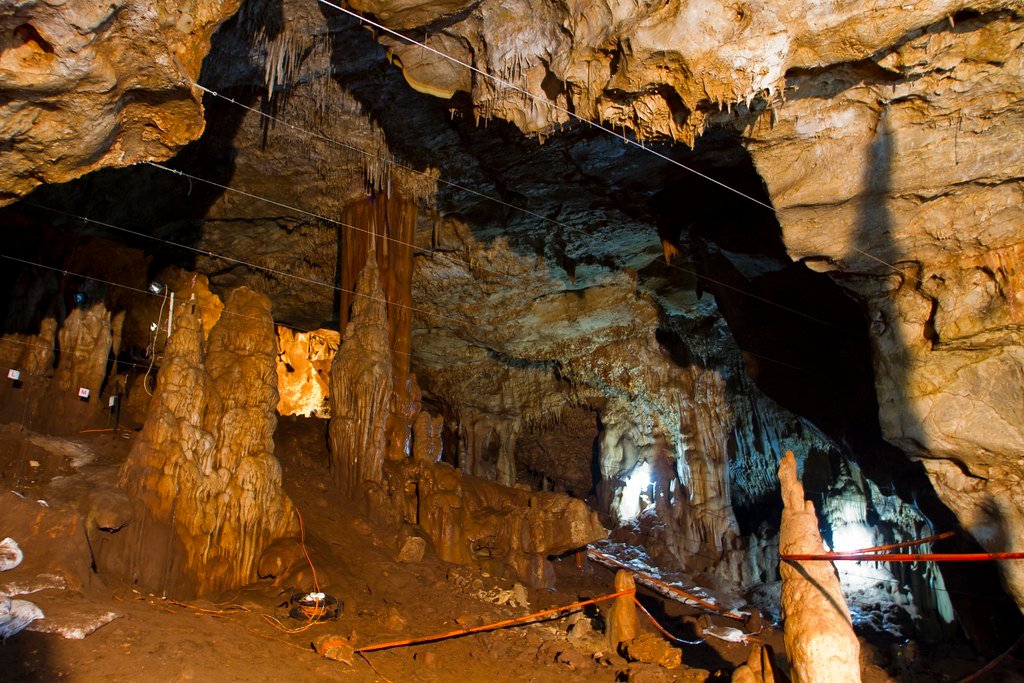
It turns out that caves aren’t just quiet—they’re also acoustically magical. Modern scientists have discovered that the shape of cave chambers can amplify sound in strange and dramatic ways. A single drumbeat or shout can echo, vibrate, and even seem to come from nowhere. Ancient people may have chosen specific spots for rituals because their voices carried further or made the air feel electric. This use of “natural sound technology” could have heightened the emotional impact of rituals, making them unforgettable.
Light and Shadow: The Power of Fire

Lighting a fire in total darkness transforms everything. Flickering flames cast dancing shadows on the cave walls, making painted animals seem to move and come alive. Imagine the emotional jolt of seeing a bison leap across the stone as firelight flickered. Ancient humans used this interplay of light and darkness to create special effects that would have felt magical or otherworldly. The fire itself was part of the ritual—warming, lighting, and animating the sacred space.
Strange Objects Left Behind

Archaeologists have found curious objects deep in caves: beads, shells, carved figurines, and even footprints pressed into ancient mud. Some items appear to have been left as offerings—gifts to the spirits of the cave or the earth itself. Others might have been used in rituals or storytelling. The presence of these objects, often far from any natural entrance, proves that ancient humans didn’t just visit—they performed meaningful acts, leaving behind clues to their mysterious beliefs.
Initiation and Coming-of-Age Ceremonies

Many cultures have used caves as places to mark the passage from childhood to adulthood. The journey into darkness was a powerful metaphor for facing fears and emerging transformed. Imagine a teenager, trembling with anticipation, led by elders into a pitch-black chamber to experience visions, stories, or challenges. The ordeal was both frightening and exhilarating—a rite of passage that shaped personal identity and bound the community together.
Healing and Transformation
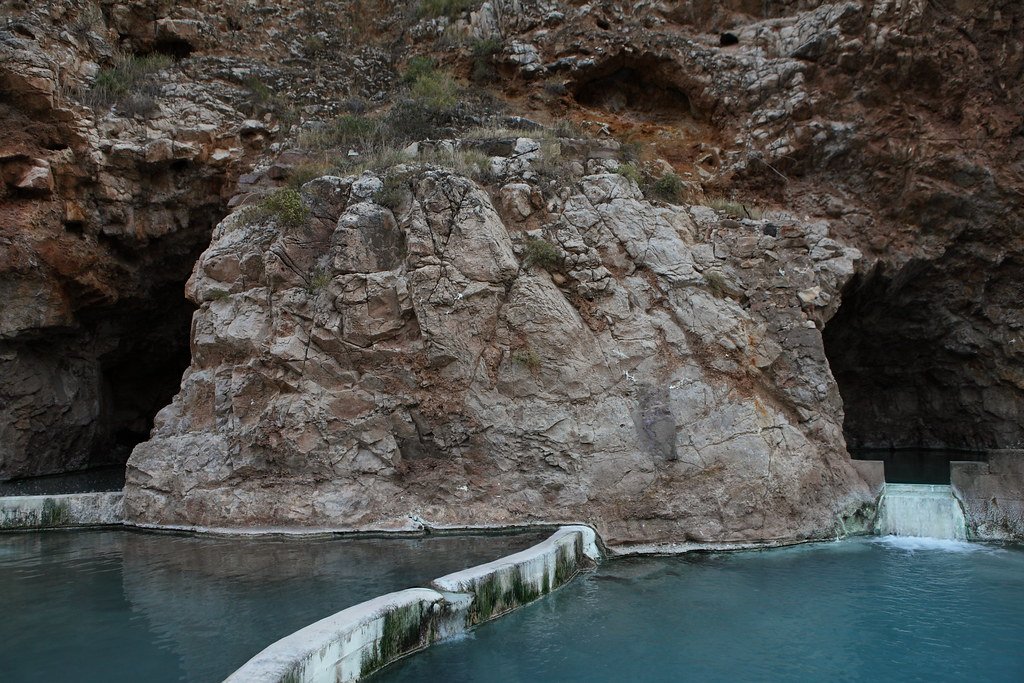
Caves were sometimes seen as places of healing, both physical and spiritual. Some evidence suggests that ancient people held rituals to cure sickness or seek guidance from supernatural forces. The darkness, isolation, and intense sensory experience could trigger altered states of consciousness—moments of vision, inspiration, or catharsis. In these moments, people might feel reborn, cleansed, or connected to something greater than themselves.
Burial and the Afterlife

Many ancient burial sites are found deep within caves, suggesting a link between these spaces and beliefs about death. The journey underground could symbolize a passage to the realm of the dead, or a return to the womb of Mother Earth. Bodies placed in such spaces were often accompanied by offerings, tools, or protective charms. The cave became a sacred threshold between worlds—a place where the living honored and remembered their ancestors.
Symbols and Secret Signs

Cave walls are covered in mysterious marks—dots, lines, handprints, and swirling shapes. Some may have been part of secret codes or language, understood only by initiates. Others could be maps of the cosmos, prayers, or records of important events. The meanings are often lost to time, but the sheer effort involved in creating them suggests they mattered deeply to those who made them. Each symbol tells a tiny piece of a much bigger story.
The Role of Shamanism
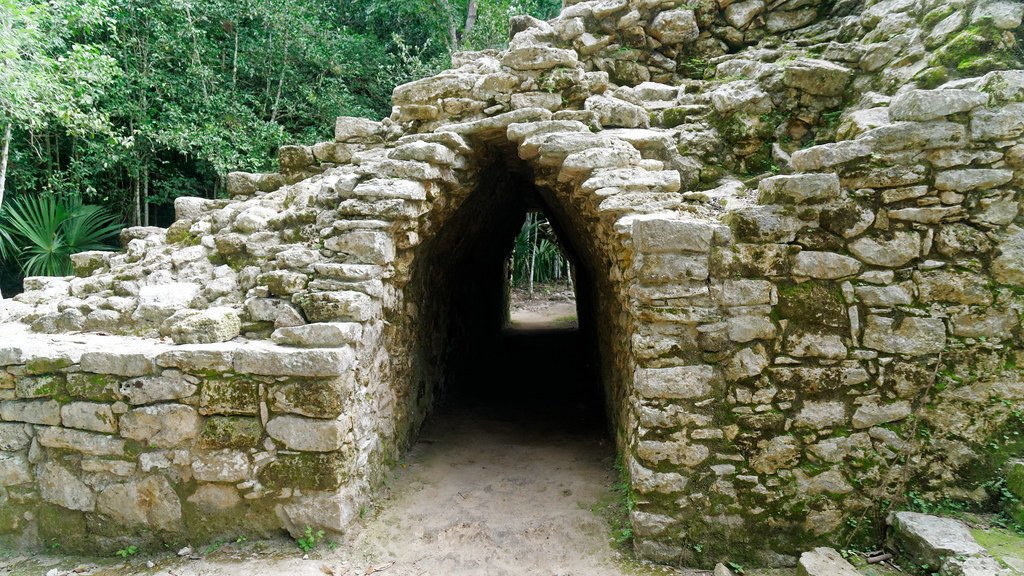
Shamans—spiritual leaders and healers—often used caves as places to communicate with the spirit world. They might enter trances, guided by the darkness, ritual music, or hallucinogenic plants. The cave became a stage for dramatic visions, journeys, and transformations. According to some researchers, the images on cave walls may even depict shamanic experiences: part animal, part human, caught between worlds. The cave was their portal to the unknown.
Hallucinogens and Altered States

There’s growing evidence that some cave rituals involved the use of mind-altering substances. Ancient people may have consumed special plants or mushrooms before entering the darkness, heightening their senses and opening their minds to visions. In such a state, shadows danced, paintings seemed to move, and the boundaries between reality and imagination blurred. The cave became a theater for the mind, a place of both creativity and revelation.
Storytelling and Myth-Making

Caves weren’t just places for rituals—they were also the original movie theaters. Imagine a group huddled around a flickering fire, listening to elders recount epic tales while pointing out painted animals and symbols. The stories came alive on the walls, blending fact and fantasy. These shared experiences helped create a sense of community, identity, and purpose, passed down from generation to generation.
The Social Side of Rituals

Rituals in caves were rarely solo affairs. They brought people together—families, clans, or even entire tribes. The collective journey into darkness forged strong bonds, built trust, and reinforced social rules. Whether celebrating a successful hunt, mourning the dead, or seeking wisdom, these gatherings helped shape the values and beliefs that defined ancient societies.
Protection and Power

Some cave rituals may have been performed to ensure protection or empower the tribe. By connecting with the spirits of the earth or ancestors, people hoped to secure good fortune, fertility, or victory in battle. The cave was a place of both vulnerability and strength, where the ordinary could become extraordinary through ritual and belief.
The Global Spread of Cave Rituals

This fascination with dark caves wasn’t unique to one place. From Europe to Africa, Asia to the Americas, ancient cultures independently discovered the power of underground spaces. Each region developed its own traditions, symbols, and stories—but the underlying impulse was the same: to seek out mystery, meaning, and magic in the deepest darkness.
Modern Echoes and Continuing Mystique
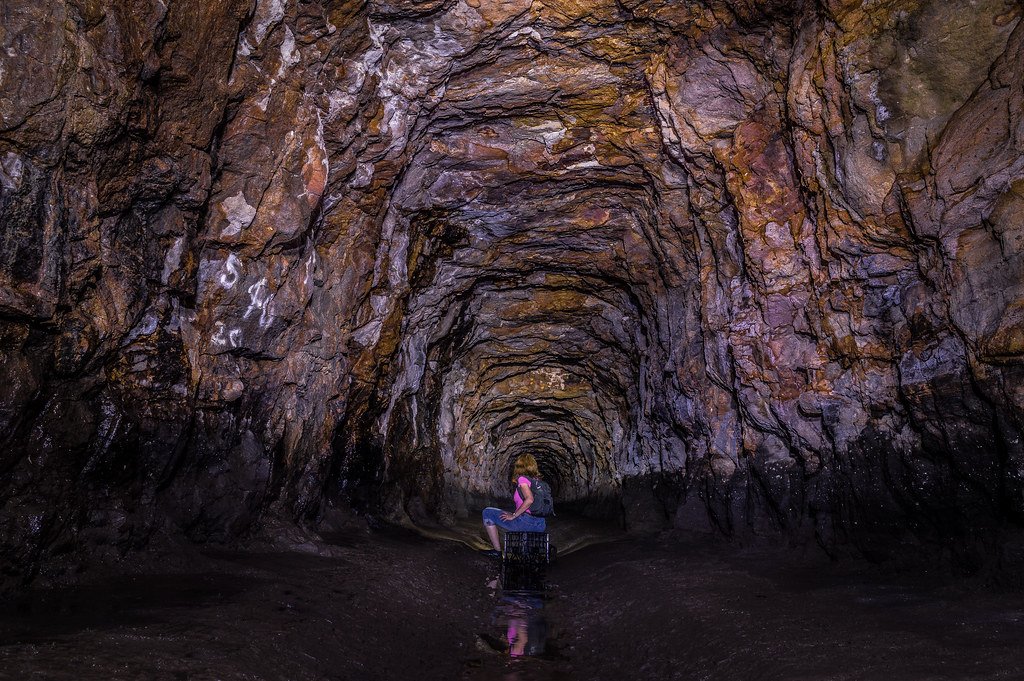
Even today, caves inspire awe and curiosity. Modern explorers, scientists, and spiritual seekers still venture underground in search of answers. The rituals of the past echo in our fascination with adventure, the unknown, and the power of nature. Caves remind us that some mysteries are timeless, connecting us to ancestors in ways we’re only beginning to understand.
What the Dark Teaches Us
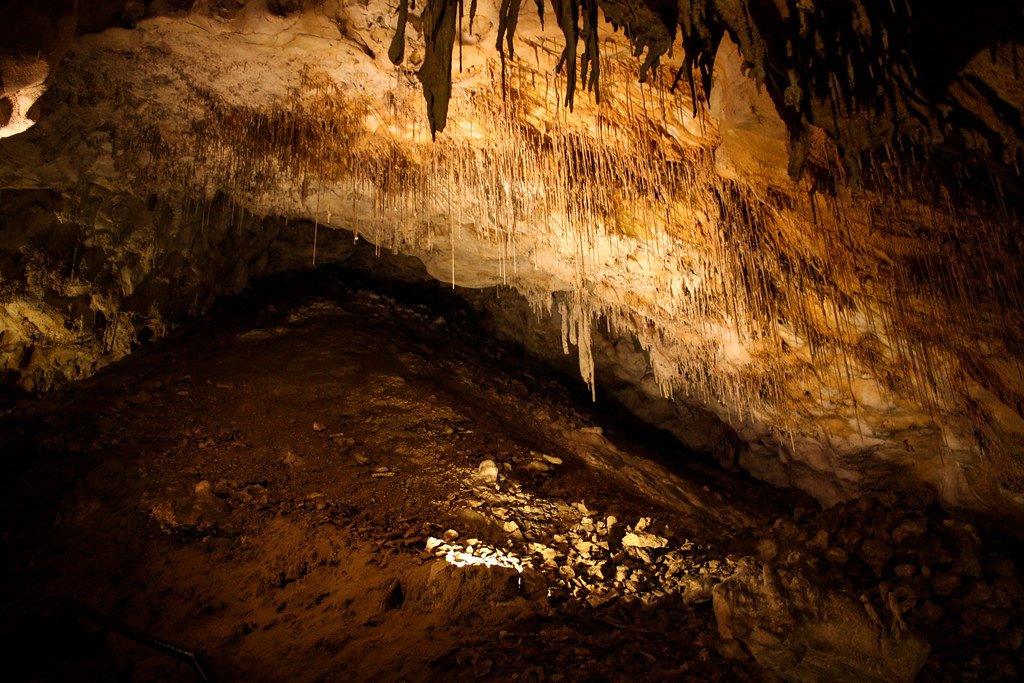
The story of ancient humans and their cave rituals is more than a tale of the past—it’s a mirror to our own need for wonder, transformation, and connection. The darkness they embraced was not just an absence of light, but a space for growth, healing, and discovery. In seeking the unknown, they discovered new parts of themselves and their world. Would you have dared to step into the dark?



